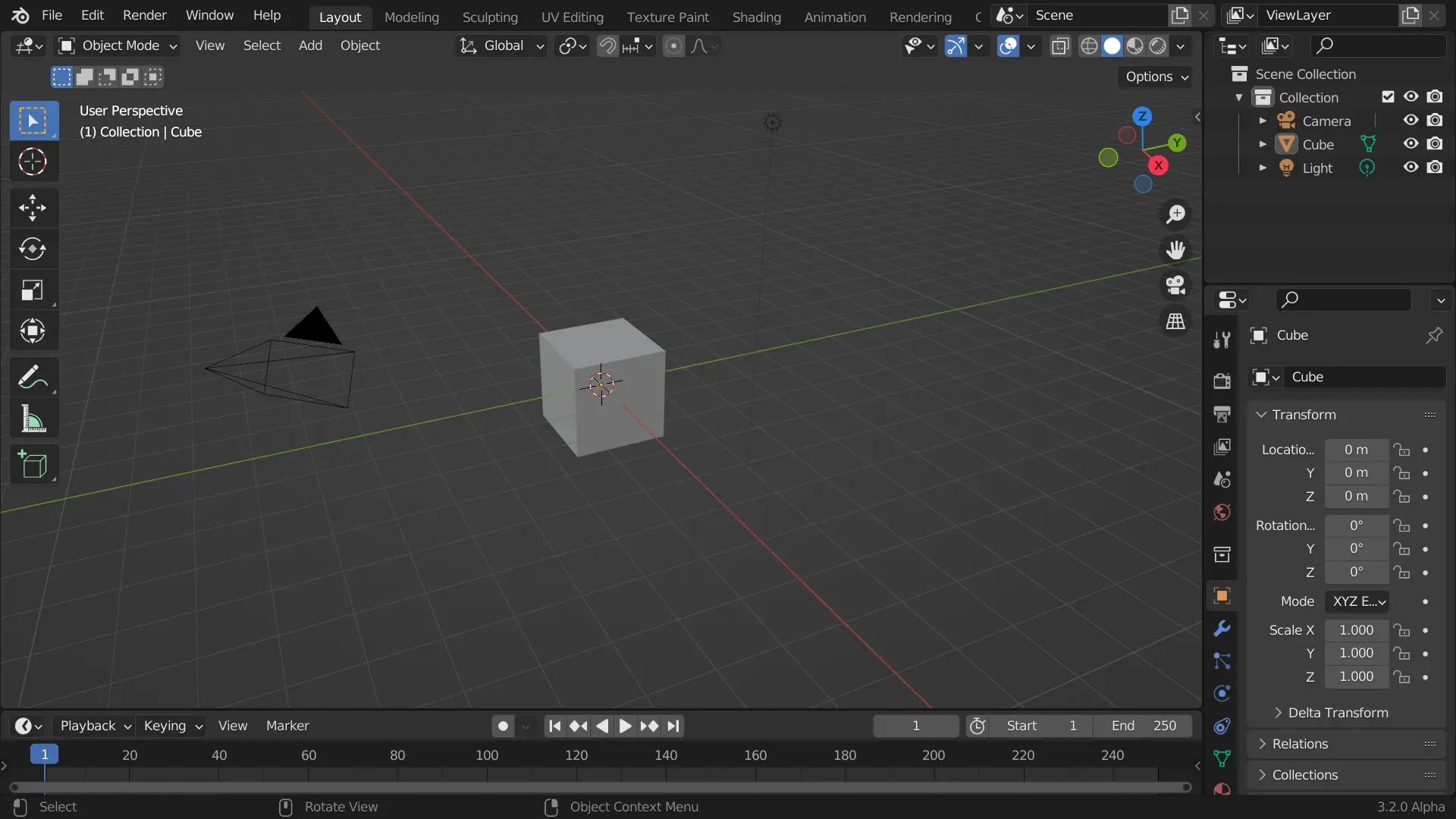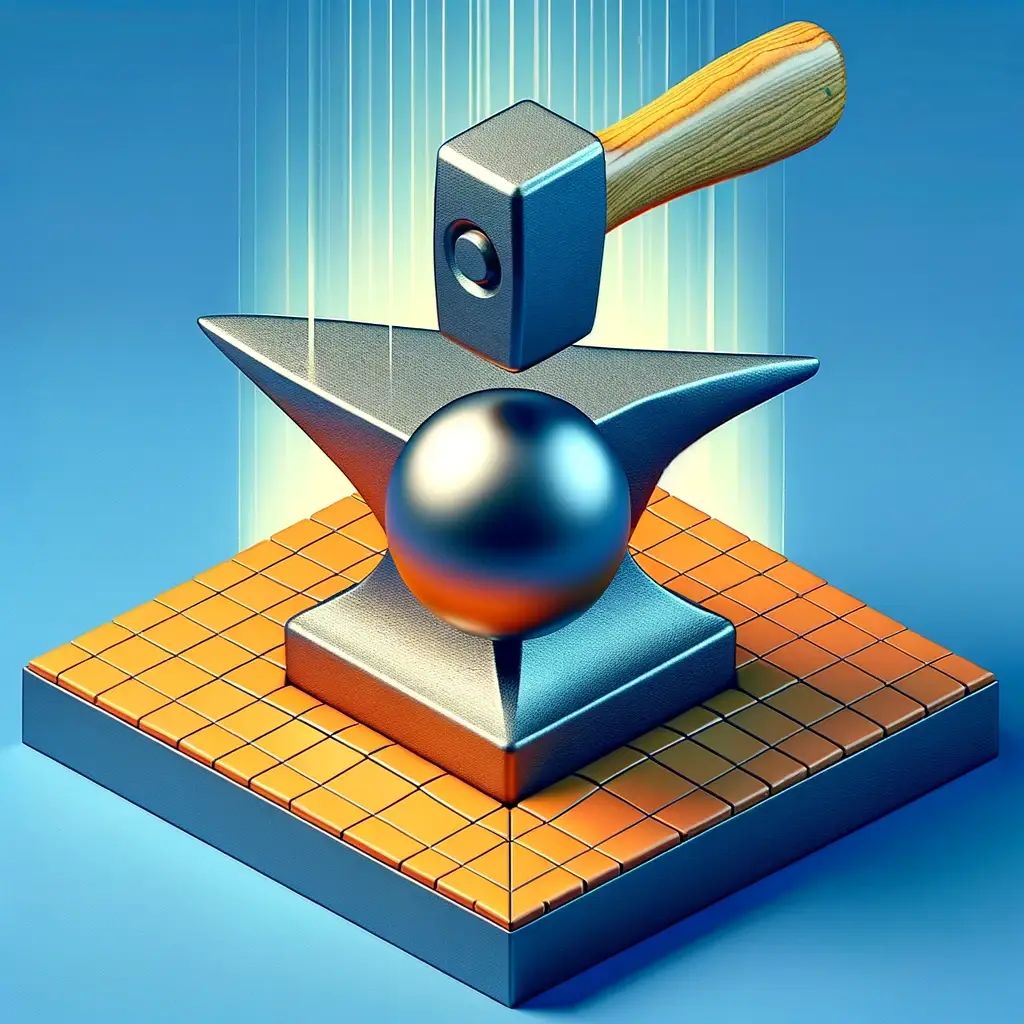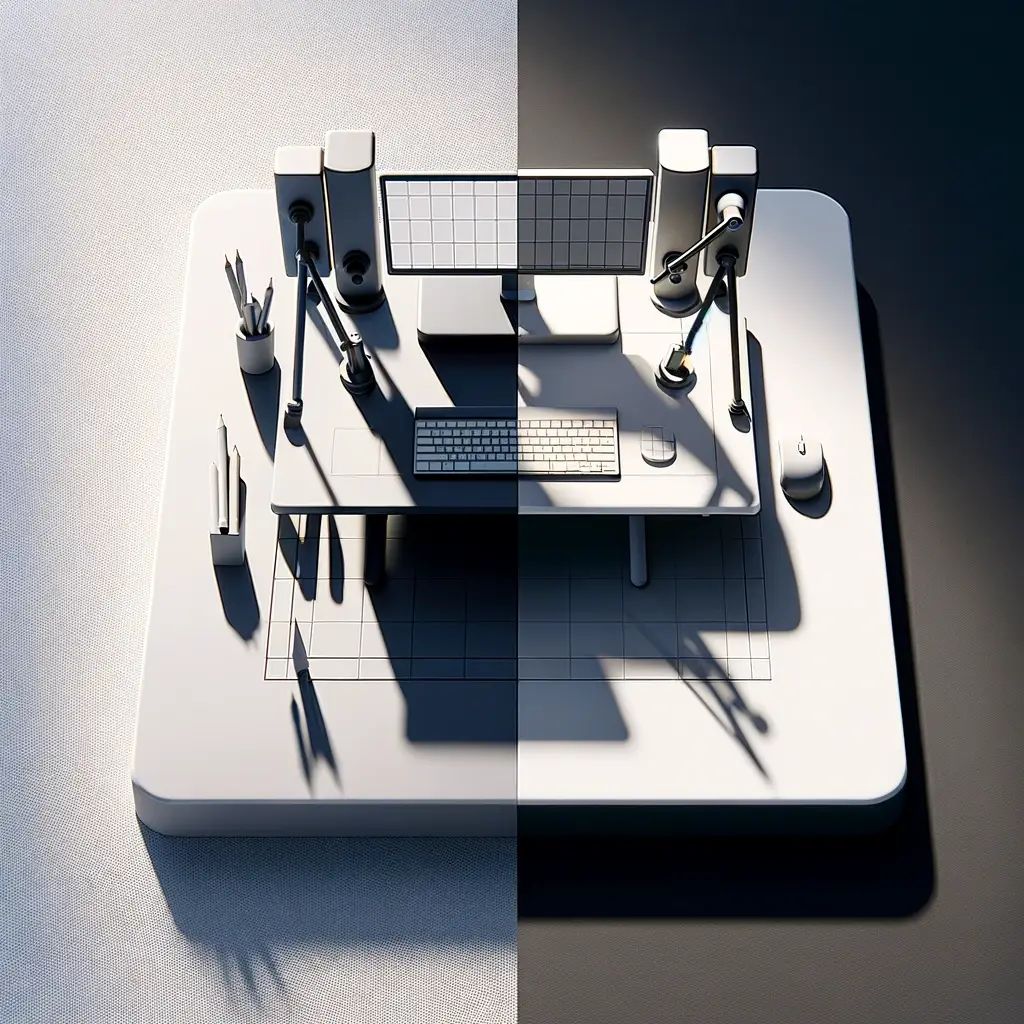- The Importance of High-Quality 3D and AR Models
- Selecting the Right Tools
- Utilizing Resources and File Formats Effectively
- Optimizing 3D Models for Mobile and Web - Size Matters
- Ambient Occlusion: The Key to Realistic and Believable 3D Models
- Testing and Iteration: Key to Effective 3D/AR Models
Key Takeaways
| Aspect | Details |
|---|---|
| 3D/AR Model Quality | High-quality, detailed, and accurate 3D models are crucial for customer engagement and sales. |
| Purpose and Tools | The goal of the 3D/AR model should guide the choice of tools and resources. |
| Size and Optimization | Consider size limits for mobile and web AR, optimize for performance. |
| Testing and Feedback | Regular testing and iteration based on customer feedback and device compatibility. |
¶The Importance of High-Quality 3D and AR Models
Creating high-quality 3D and AR models is not just about the visual appeal; it's about building a connection between your product and your customer. Detailed and accurate representations help customers understand and appreciate the product's value. This attention to detail can reduce product returns and increase customer satisfaction.
¶Selecting the Right Tools
The choice of tools for creating your 3D models is pivotal. With options ranging from Blender, a popular open-source 3D design application, to Unity and Unreal Engine, which are widely used for AR apps, selecting the right tool depends on your specific requirements.
For most web uses, Blender will be an excellent choice as it is a powerful and versatile 3D software that is publicly available and free to use. It offers a comprehensive array of tools for modeling, rendering, animation, VFX, and more1. Blender’s internal structure mimics the memory buffers commonly used by graphics chips when rendering in real-time, which allows assets to be delivered to desktop, web, or mobile clients and be promptly displayed with minimal processing. It is well supported by major hardware vendors such as AMD, Apple, Intel, and NVIDIA.

Blender is particularly good for exporting web-optimized GLB models due to its support for the glTF 2.0 format2. The glTF (GL Transmission Format) is used for the transmission and loading of 3D models in web and native applications. It reduces the size of 3D models and the runtime processing needed to unpack and render those models. Furthermore, Blender’s exporter allows you to select the destination for the export, set the format option to glTF binary (.glb), and ensure that the Transform > Y-Up checkbox is selected. This ensures that the exported file is optimized for web use and should import into other editors without issue.
¶Utilizing Resources and File Formats Effectively
¶Leveraging Resources
Creating 3D models is a delicate process that requires a balance between custom design and the utilization of existing resources. This balance is crucial because while custom designs allow for unique and personalized models, they can be time-consuming and require a high level of skill. On the other hand, utilizing existing resources can save time and effort, and still result in high-quality models.
Platforms like Google’s Poly, Sketchfab, and Turbosquid offer a wide range of 3D models that cater to various needs. These platforms have models ranging from simple shapes to sophisticated and detailed models.
Google’s Poly is a platform that allows you to quickly find 3D objects and scenes for use in your apps. It’s fully integrated with Tilt Brush and Blocks, and also allows direct OBJ file upload. You can remix many of the models you find, import a remixable object into Tilt Brush or Blocks and make changes.
Sketchfab offers all kinds of 3D models, from low poly assets to animated rigs & digital scans, all for your 3D, Virtual Reality, and Augmented Reality projects. You can download free 3D models available under Creative Commons licenses.
Turbosquid provides 3D models for every project, from VFX studios, game developers, architects, ad agencies, VR/AR projects, and more. They offer files available for download in all major formats - max, fbx, obj, c4d, maya. They also provide free 3D models available for download5.
These platforms not only provide a vast array of pre-made models but also allow users to modify and tailor these models to fit their specific needs. This flexibility makes these platforms an invaluable resource for both novice and experienced 3D modelers alike. By leveraging these resources, 3D modelers can significantly enhance their productivity and efficiency.
¶Understanding 3D Model File Types
Knowing the right file type is crucial for AR compatibility and performance. Popular formats include .stl, .obj, and .fbx, each serving different purposes. The recent emergence of glTF, dubbed as the "JPEG for 3D," and Apple's USD format, are best suited for web integration.
GLB (glTF 2.0 binary) format is recommended for all WebAR experiences because it offers small file size, great performance, and versatile feature support. GLB is a file format used for 3D images and scenes that stores all of the assets within a single file, making it highly interoperable and efficient. GLB files are incredibly lightweight, making them suitable for mobile and web applications, video games, and AR/VR applications. GLB files also contain full physically based rendering (PBR) shaders, textures, and animation information in a single, standalone file.
USD, or Universal Scene Description, is a format for three-dimensional (3D) computer graphics scene descriptions. It was developed by Pixar for their award-winning feature films, it is also Apple's format of choice for 3D Augmented Reality Content. USD files contain data about 3D graphic elements such as scene layout, geometry, material animations, and virtual cameras. Apple's operating systems and apps like Safari, Messages, Mail, News, and Notes are fully compatible with USDZ, a variant of the USD standard, for previewing USDZ files of virtual objects in 3D or AR on iPhone and iPad. USD is widely used across the film, entertainment, and other industries, and it is rapidly emerging as a collaborative and foundational technology for 3D content creation.
¶Optimizing 3D Models for Mobile and Web - Size Matters
The size and complexity of 3D models can have a significant impact on performance, particularly on mobile devices with limited processing power and memory. For example, an architect’s detailed 3D model of a building might be several gigabytes in size. However, such a large file would be impractical for mobile viewing due to the device’s limited resources and the need for quick, efficient rendering.

To make these models accessible and functional on mobile devices, they need to be optimized. Optimization involves reducing the complexity of the model and compressing it to a smaller size without significantly compromising its visual quality. This process considers factors such as the number of polygons in the model, the resolution of the textures, and the complexity of the shaders.
One of the techniques used for optimization is DRACO compression. Draco is an open-source library developed by Google for compressing and decompressing 3D geometric meshes and point clouds. It is designed to improve the storage and transmission of 3D graphics. Draco supports various compression techniques, allowing for a balance between the level of compression and the visual fidelity of the model.
When considering the use of 3D models in augmented reality (AR) experiences on social media or the web, file size limits become crucial. For instance, social media AR experiences on platforms like Instagram have a total file size limit of 4MB. Similarly, for web AR experiences, a file size limit of 8MB is typically recommended for smooth operation on most devices with a decent internet connection.
Balancing the need for detailed, high-quality 3D models with the practical considerations of file size and device capabilities is a key aspect of creating effective mobile AR experiences. Techniques like Draco compression play a crucial role in this process, enabling rich, engaging 3D content to be delivered efficiently and effectively.
¶Ambient Occlusion: The Key to Realistic and Believable 3D Models
Ambient occlusion is a shading and rendering technique used in 3D graphics, modeling, and animation. It calculates how exposed each point on the surface of an object is to ambient lighting. This allows for the simulation of soft shadows and the approximation of the effect of indirect lighting. The result is a diffuse, non-directional shading effect that casts no clear shadows but darkens enclosed and sheltered areas and can affect the rendered image's overall tone.

The importance of ambient occlusion in creating believable 3D models cannot be overstated. It provides a better perception of the 3D shape of the displayed objects. This is because it mimics the way light behaves in the real world, where it bounces off surfaces and illuminates other areas indirectly. This indirect illumination creates subtle shadows and gradients of light and dark, which give objects a sense of depth and solidity.
Good-looking shadows are indeed a key differentiator when it comes to the realism of 3D models. Shadows play an important role in our understanding of 3D geometry. They help to understand relative object position and size in a scene. For example, without a cast shadow, we are not able to determine the position of an object in space. Shadows can also help us understand the geometry of a complex receiver. They provide useful visual cues that help in understanding the geometry of a complex occluder. Shadows can reveal occluded geometry or even geometry that is out of the field of view.
Ambient occlusion and good-looking shadows are crucial for creating believable 3D models. They enhance the realism of the models by accurately simulating the effects of indirect lighting and creating a sense of depth and solidity. This makes the models more visually appealing and easier to understand, thereby improving the overall user experience.
¶Testing and Iteration: Key to Effective 3D/AR Models
Testing 3D models for correctness and aesthetics is a critical step in the 3D modeling process. It ensures that the models are accurate, visually appealing, and fit for their intended purpose.
Correctness testing involves verifying the structural integrity and functionality of the 3D model. This includes checking the model's dimensions, geometry, and alignment with the design specifications. It also involves testing the model's performance under various conditions, such as different lighting environments and viewing angles.
Aesthetic testing, on the other hand, focuses on the visual appeal of the 3D model. This includes evaluating the model's textures, colors, and overall design. It also involves assessing how the model looks in different environments and from different perspectives.
In conclusion, testing 3D models for correctness and aesthetics ensures that the models are accurate, visually appealing, and fit for their intended purpose. Having a knowledgeable person in the approval process is key to ensuring the quality of the 3D models.